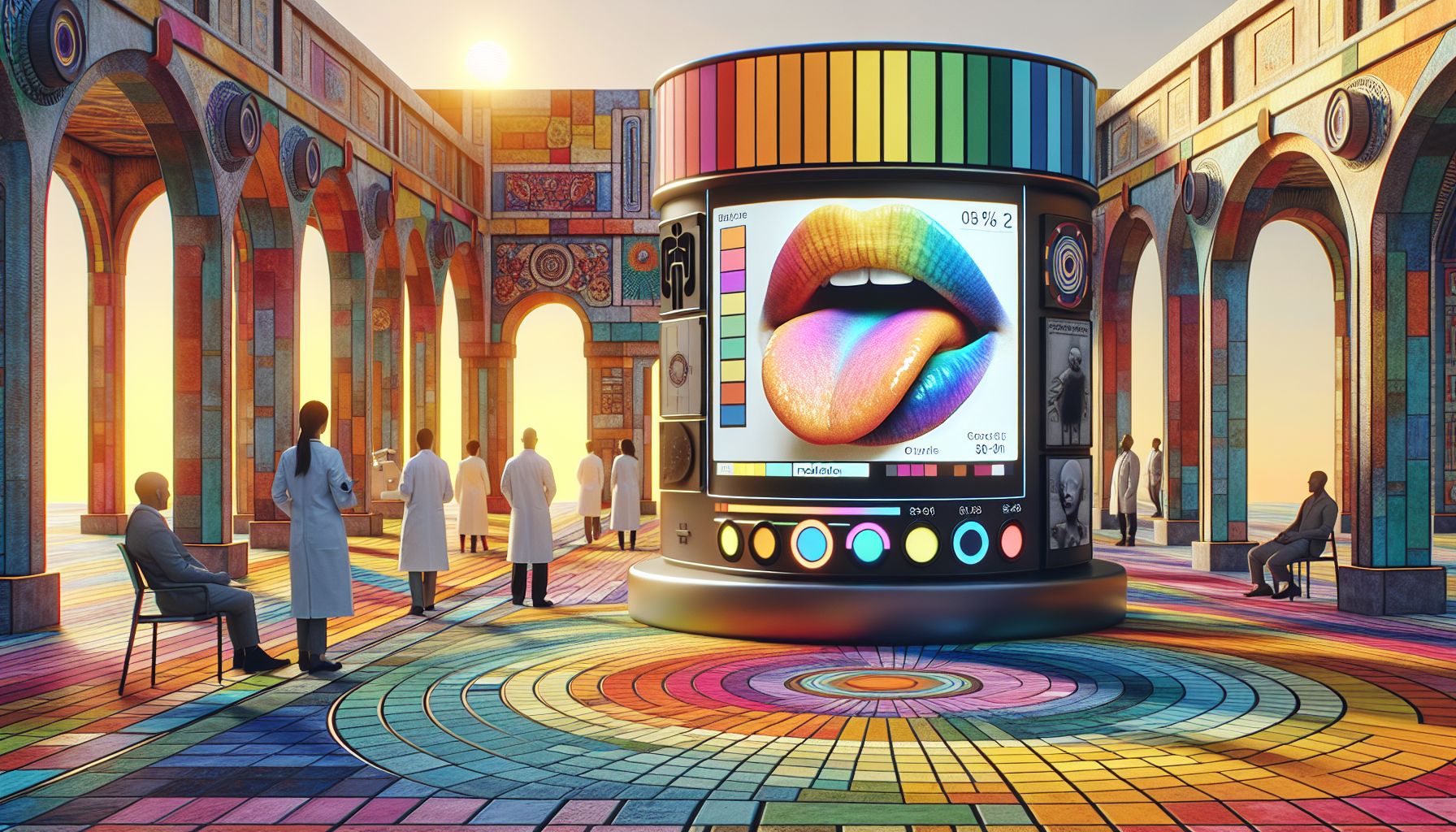AI Model Detects Diseases Through Tongue Color Analysis

Amsterdam, Thursday, 15 August 2024.
Researchers have developed an AI model that can predict various diseases by analyzing tongue color with up to 98% accuracy. This innovative approach, inspired by traditional Chinese medicine, could significantly reduce hospital wait times and potentially be available on smartphones in the future.
Medical Innovation Using Traditional Insights
The AI model leverages a diagnostic technique used in traditional Chinese medicine for over 2000 years, which suggests that the color, shape, and thickness of the tongue can reveal a person’s health status. By analyzing these characteristics, the AI can predict diseases such as asthma, stroke, anemia, COVID-19, diabetes, liver and gallbladder disorders, and various vascular and gastrointestinal issues[1].
Training the AI: A High-Fidelity Process
To achieve high accuracy, researchers trained the AI using 5260 images of tongues under various lighting conditions and colors. Six different machine learning algorithms were employed to teach the AI to make accurate diagnoses. The system was then tested on real patient images, achieving a 98% diagnostic accuracy rate[1].
Real-Time Diagnostics and Future Applications
One of the standout features of this AI model is its real-time diagnostic capability. This means it can analyze images and provide a diagnosis almost instantaneously, a feature that could drastically reduce waiting times in hospitals. Additionally, there are plans to make this AI available on smartphones, making it even more accessible and speeding up the diagnostic process even further[1].
Current Limitations and Future Potential
Despite its high accuracy, the AI model still requires confirmation from a human doctor before a final diagnosis can be made. However, the researchers believe that the technology could significantly streamline the diagnostic process, especially in settings with long waiting times or limited access to medical professionals. They are optimistic about the AI’s potential to become a common tool in telemedicine and remote diagnostics[1].
Global Impact and Broader Implications
This AI model represents a significant step forward in medical diagnostics, bridging traditional practices and cutting-edge technology. Its ability to diagnose a wide range of diseases with high accuracy could have far-reaching implications for global healthcare, particularly in underserved regions. By making advanced diagnostics more accessible, this technology could help detect diseases earlier, improve patient outcomes, and reduce healthcare costs[1].

